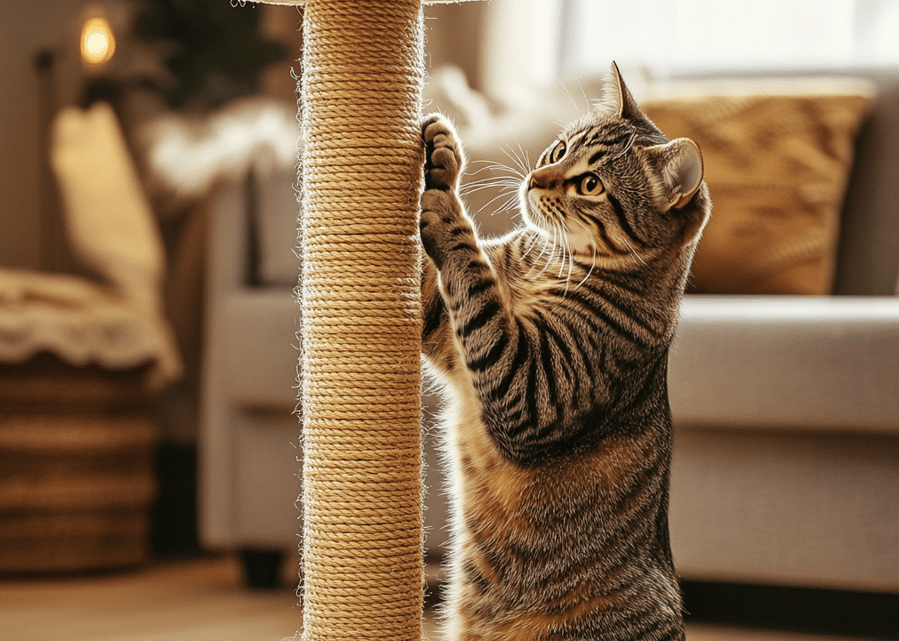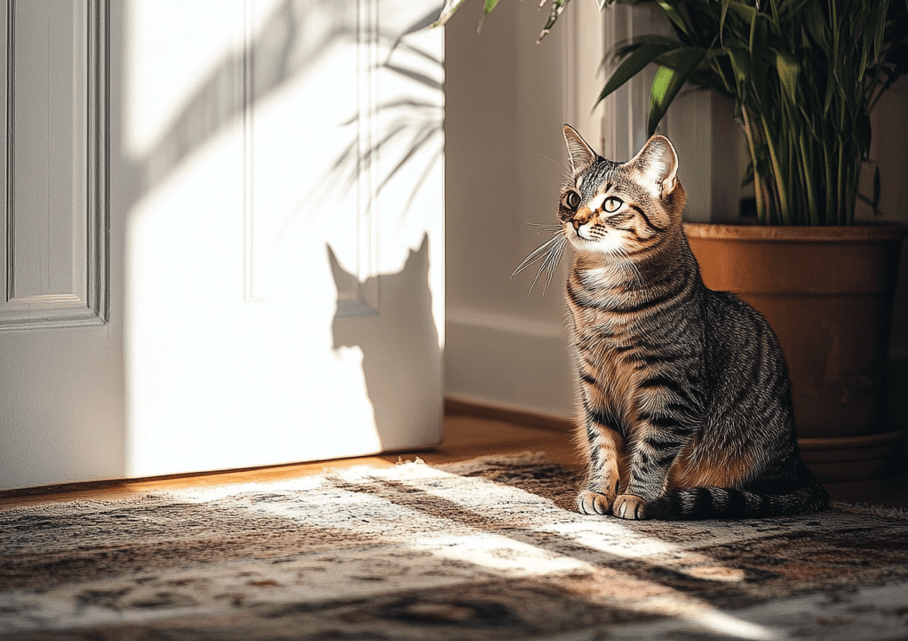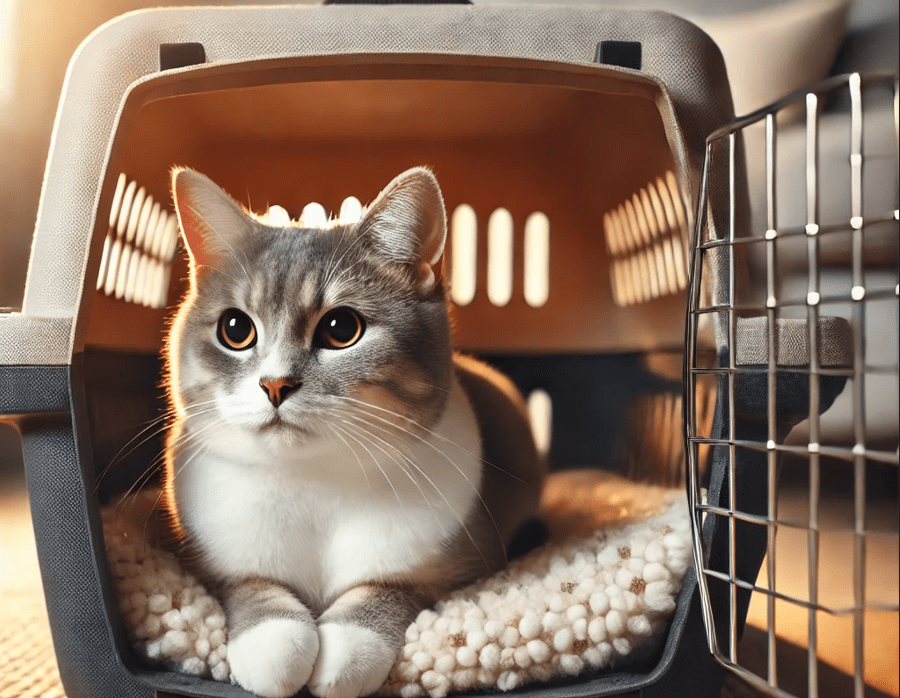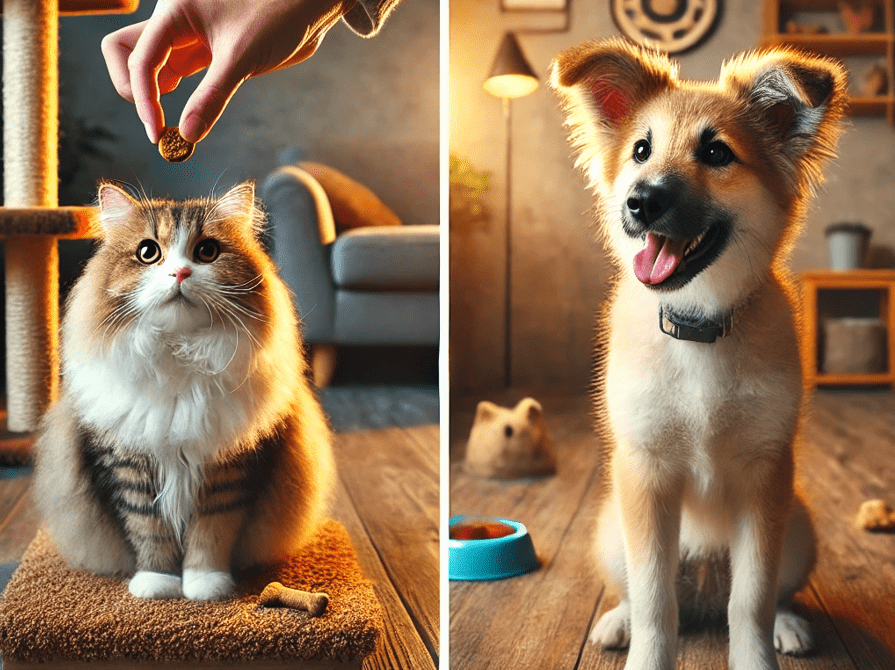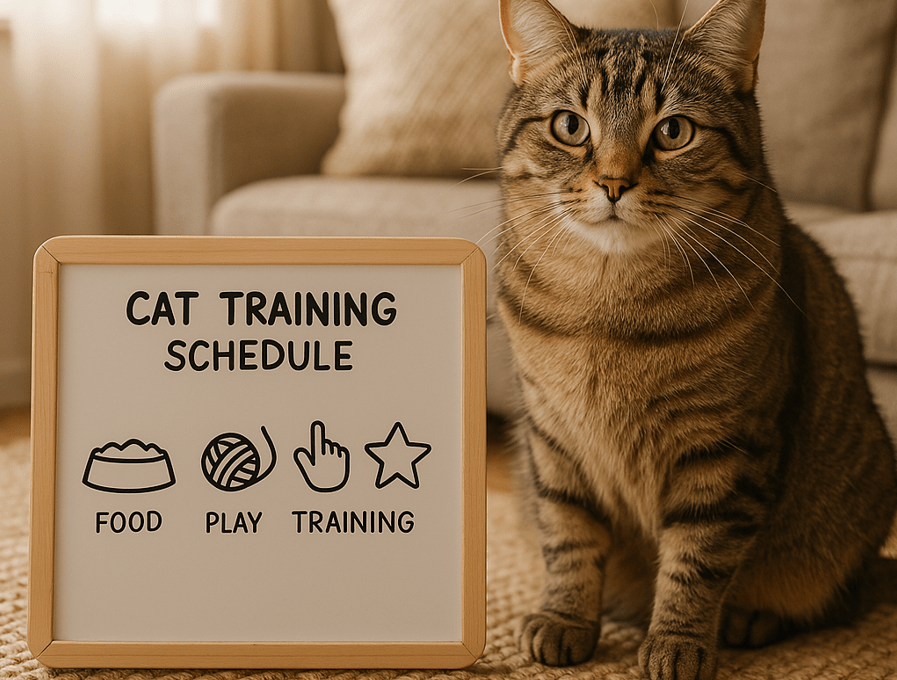
Most People commonly view cats as self-willed animals who pursue their desires at any time. Through proper training methods you can establish a program that teaches your kitty to blend enjoyable times with structured lesson sessions. Creating a Training Schedule for Cats is essential for teaching your feline friend good habits, tricks, and behaviors in a structured and effective way. You can build a successful schedule to train your cats which creates benefits for you as well as your pet. You will find helpful guidance in this article that shows you how to create a cat training schedule using our advice and practical tips.
Why Create a Training Schedule for Cats?
A cat owner can build successful training with steady efforts and calm responses. A proper training plan helps cats pick up skills while making you both less stressed and forms a stronger connection between you. Your cat’s training schedule creates the necessary structure to help them successfully learn different tasks.
Benefits of a Training Schedule
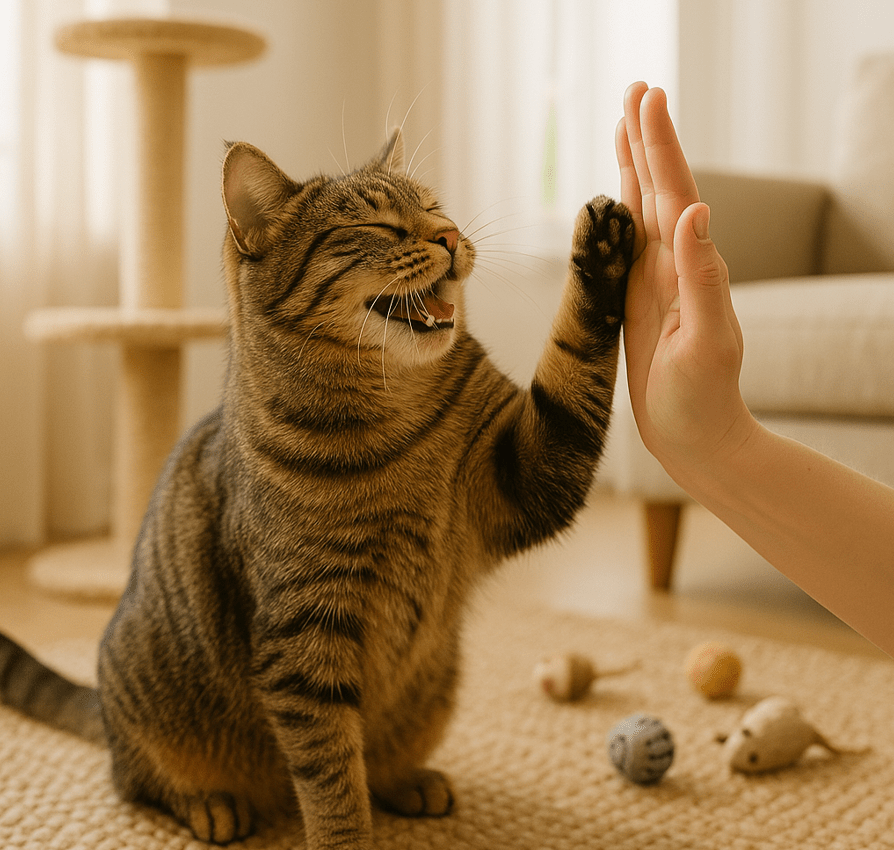
Consistency: Cats thrive on routine. A fixed training schedule allows cats to predict when specific activities will occur.
Mental Stimulation: Training develops your cat’s mental abilities through purposeful activities.
Behavioral Improvement: The repetitive training helps cats stop their bad habits such as scratching and loud meowing.
Bonding: Cats develop more trust when you pass time together during lesson practice.
Understanding Your Cat’s Needs

Before setting up a training plan you need to grasp what your cat demands and how they behave. Each cat acts differently from others and training plans will need adjustment for individual cats. Base your training events on how active your cat feels and its stage of life plus personality type.
Key Considerations
Age: Young kittens take new ideas better than adult cats but need longer training sessions than senior pets.
Energy Levels: Active cats need shorter training intervals compared to relaxed cats who do better with prolonged less routine training.
Temperament: A cat shows natural differences in curiosity levels which impact their willingness to join training sessions.
Steps to Create a Training Schedule for Cats
Building a training routine for cats needs you to follow a series of actions that start with setting training targets. This article provides all the necessary details to start your training program.
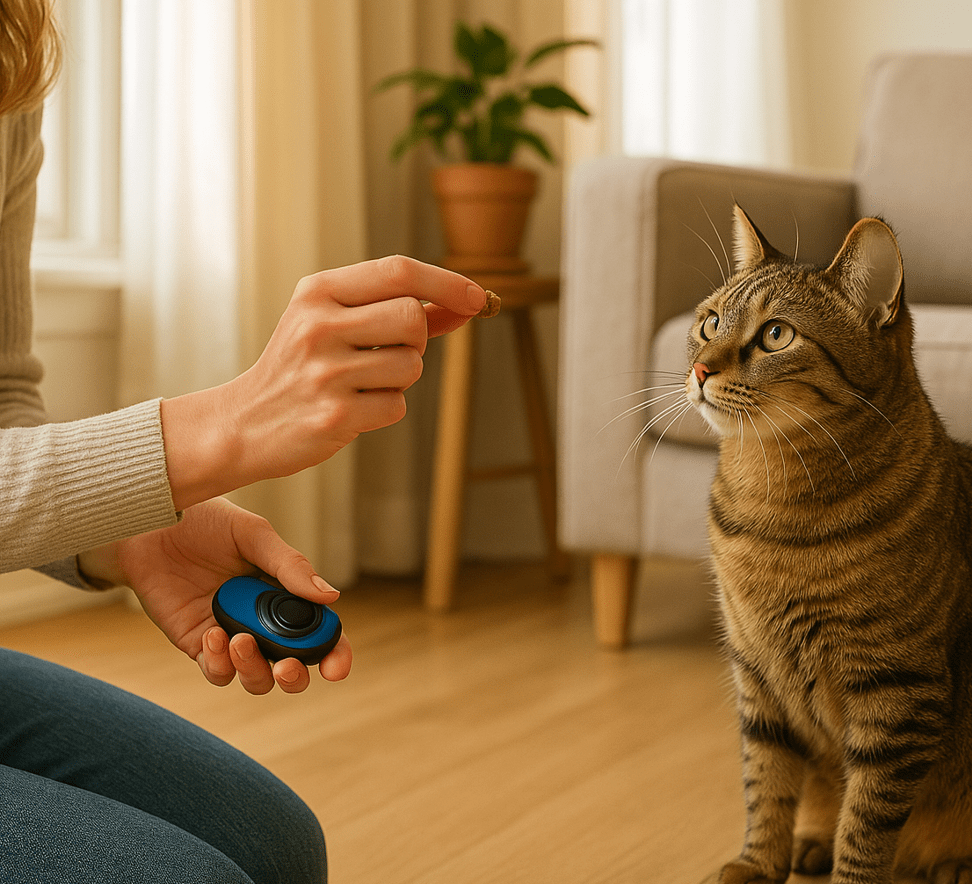
1.Set Clear Goals
At the start make sure you establish your training goals. Do you want to instruct basic orders as well as behavior modification or basic mental exercises for your feline friend? Sticking to your goals during training will show you if you move ahead.
2.Choose the Right Time
A good training time for cats depends on both their routines and yours. Early morning and evening hours during natural cat activity make excellent training moments.
3.Keep Sessions Short and Sweet
Cats remain engaged for just a few minutes so training moments should not exceed 10 minutes. Regular practice breaks into smaller training periods delivers better results than extended training sessions.
4.Use Positive Reinforcement
Training cats through rewards works best as their preferred learning method. Thank your cat with rewards and physical praise as they show the wanted behavior. The reward system helps the cat maintain new behavior patterns.
5.Be Patient and Consistent
Teaching a cat needs steady practice with time. Patient training brings positive results despite taking time for each cat to learn. Follow your training program and deliver your instructions and rewards at regular times.
6.Gradually Increase Difficulty
Begin training with basic instructions then grow the challenges when your cat is used to them. When you teach your cat to sit you should begin by offering rewards when they look at you before advancing to sitting at your command.
7.Monitor Progress and Adjust as Needed
Keep track of your cat’s development and modify the process when required. Follow your cat’s response during training and create a new schedule when necessary. Pause the training when your cat shows signs of stress or lacks interest. Then resume practice at another time. Training success depends heavily on being able to adapt the method.
Sample Training Schedule for Cats
These practice sessions can show you how to organize the training process. This schedule serves as a base which you must modify according to your cat’s conditions.
Morning Session (5-10 minutes)
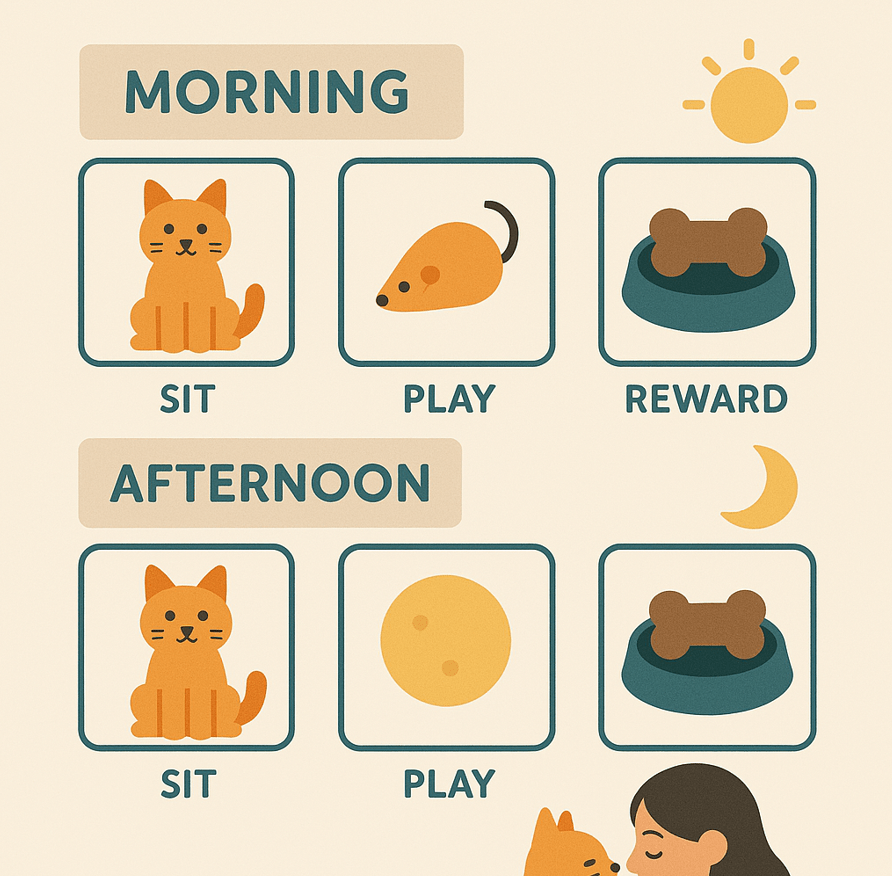
Warm-Up: Begin your session with light playtime because it stimulates your cat at the start of training.
Basic Commands: Train your cat basic commands specifically “sit” and “come”.
Reward: Conclude training by giving your cat their desired reward item.
Afternoon Session (5-10 minutes)
Behavioral Training: Use practice sessions to train your cat about undesired behaviors including scratching at furniture.
Interactive Play: Let your cat enjoy interactive toys to maintain their attention.
Reward: Treat rewards should follow positive actions.
Evening Session (5-10 minutes)
Advanced Commands: When your cat shows good basic command skills you should move ahead into advanced teaching such as high-five and roll-over.
Cool-Down: The process should end with a relaxing bonding moment through petting and pet-care sessions.
Reward: Provide your pet cat with special rewards while increasing the amount of interactive time together.
Tips for Successful Training
Use High-Value Treats: Cats react strongly to treats but prefer high-quality food options such as tuna or chicken. Give small treats only when they meet training goals.
Keep Sessions Fun: Your training practice needs to bring enjoyment to both you and your cat. Take a short break when your training activity makes your cat show signs of strain or disinterest then continue later.
Avoid Punishment: Do not give your cat negative consequences because it fails to follow commands. Training becomes harder because your cat develops negative emotions toward training activities.
Stay Calm and Positive: Sustained positive thoughts make your cat more comfortable during training sessions. Stay composed and happy during cat training to build trust between you.
Common Challenges and Solutions
Training cats through behavior modification brings unique difficulties to the process. Training a cat often faces particular difficulties and solutions exist to solve them.
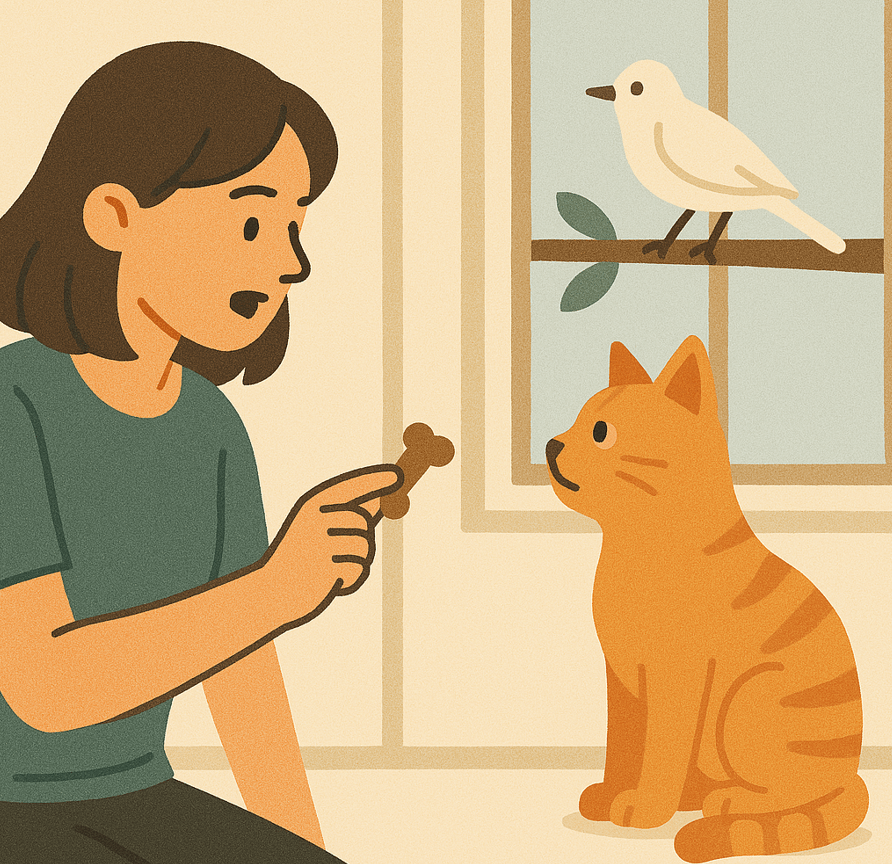
1.Lack of Interest
When your cat disinterests in training sessions try different rewards and stimulate activities to gain their interest. Choose their favorite toys or treats to create interest during training.
2.Distractions
Cats have a strong tendency to lose focus whenever something in their environment catches their attention. Use a private location where your cat feels at ease while training to stay focused.
3.Slow Progress
Each cat has its own speed when learning new things. Keep teaching with patience while recognizing each achievement your cat makes. Remember, consistency is key.
4.Overwhelm
Take shorter training periods if your cat becomes tired or overwhelmed during instructions. Adjust the training plan by adding harder instructions over time.
The Tale of Whiskers and the Training Schedule
Whiskers enjoyed searching all places in his home but stayed loyal to his loving pet owner. Sarah saw that Whiskers used his claws to damage her household items and refused to use his litter box. To transform Whiskers’ habits Sarah established training sessions for house cats.
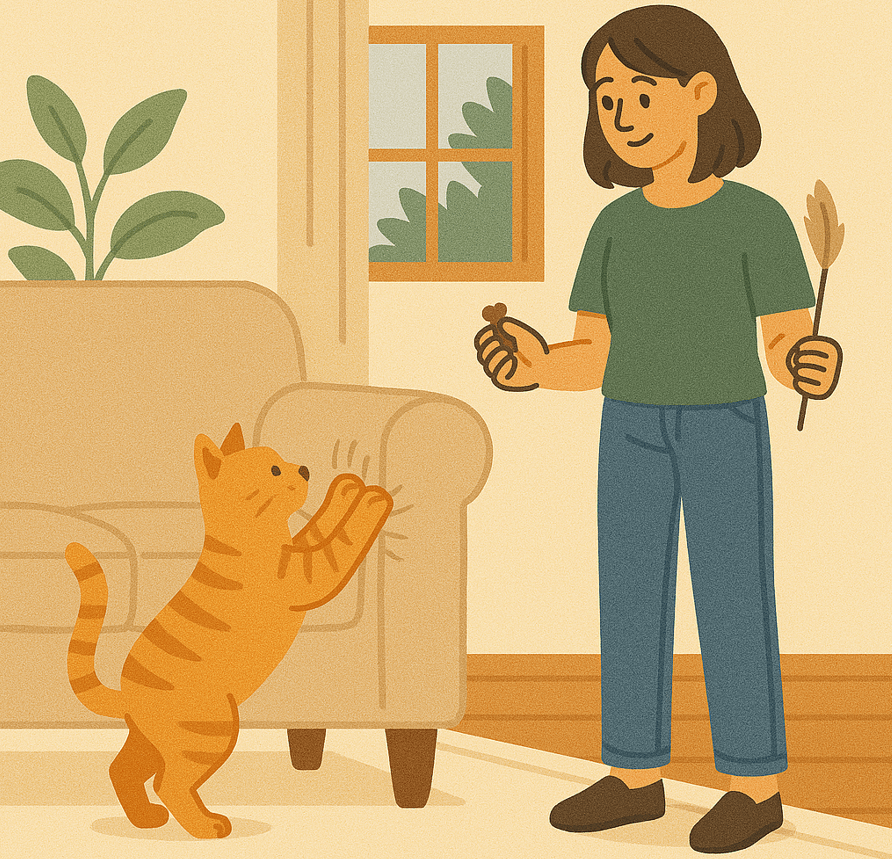
Sarah designed her program to achieve two results – teach Whiskers to avoid the furniture and adopt proper litter box habits. She selected morning and evening for training when Whiskers gained his highest energy levels. The training period spanned from 5 to 10 minutes and focused entirely on one particular behavior.
Each time Whiskers went into the litter box or avoided scratching the furniture Sarah treated him with his preferred snacks. She created playful activities to train and keep Whiskers focused.
At first, progress was slow. Whiskers showed no interest in commands because he preferred to hunt his tail. She continued training techniques with Whiskers while making each activity harder until he was ready to advance.
The training system started working for Whiskers as he progressed through it. He quit hurting the furniture and made regular use of his litter box. Sarah worked further on her training plan after seeing Whiskers’ success and kept him mentally engaged and respectful.
Conclusion
Training cats according to a specific schedule helps both of you develop better behaviors and form deeper connections. You can train your cat to stay on schedule when you define targets and reward good behavior using rewards while handling training patiently and regularly. Always design your methods according to your cat’s specific behavior patterns. Devoting sufficient time and energy will help you achieve better results with both a well-behaved cat and higher cat satisfaction.

